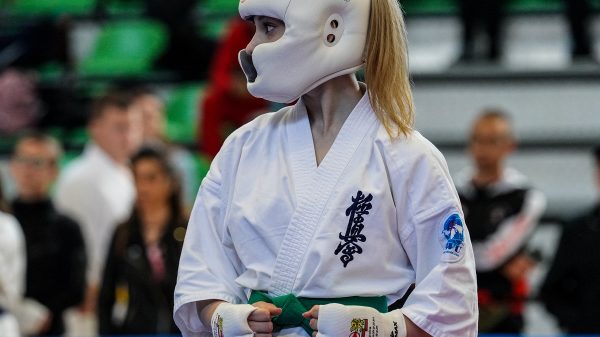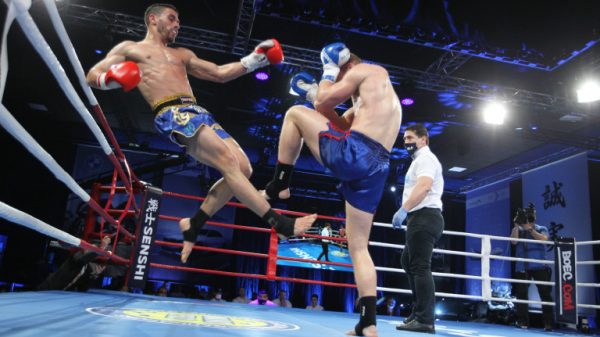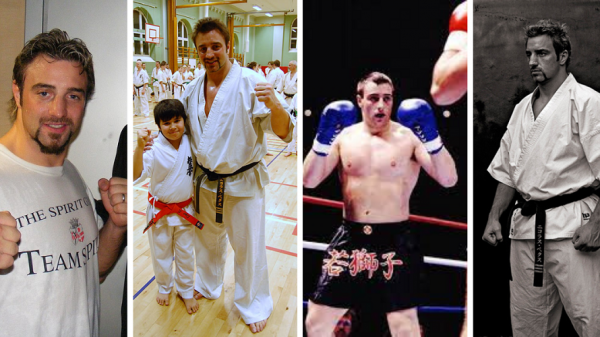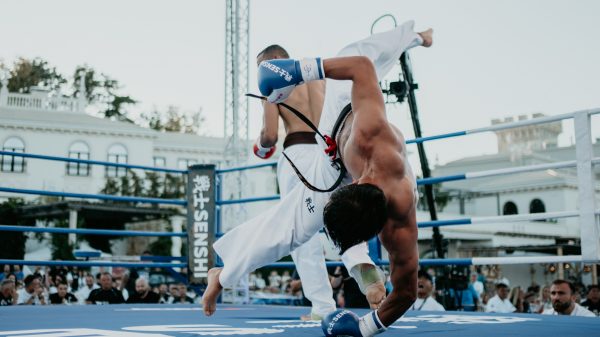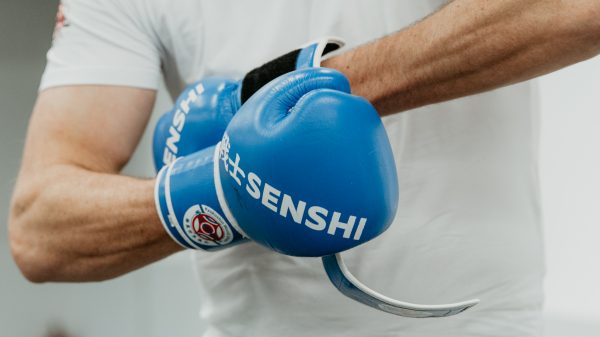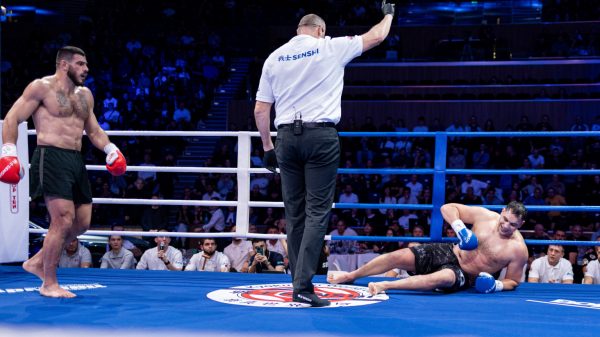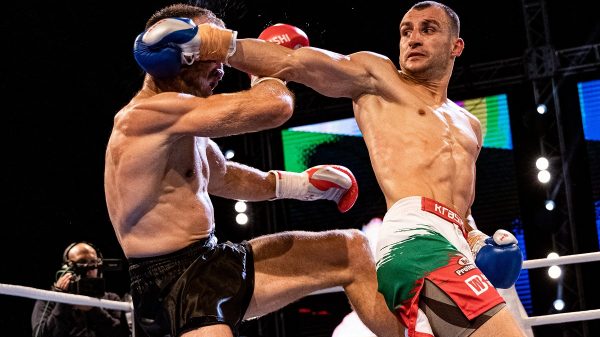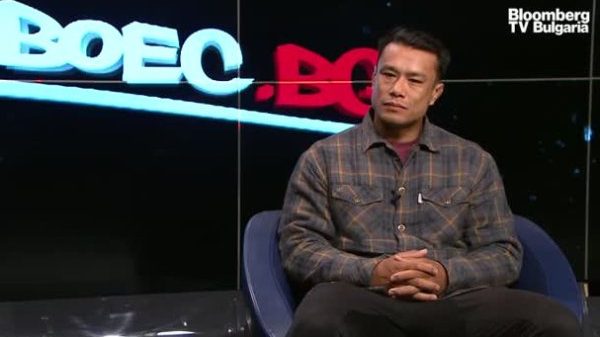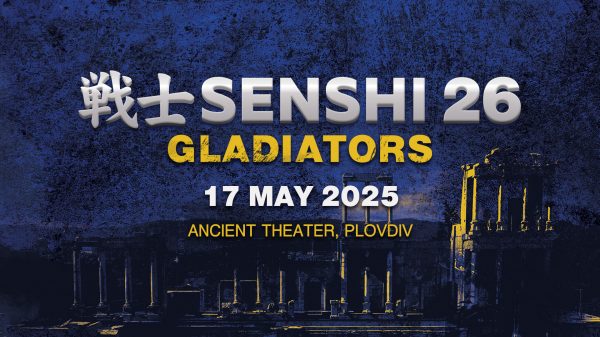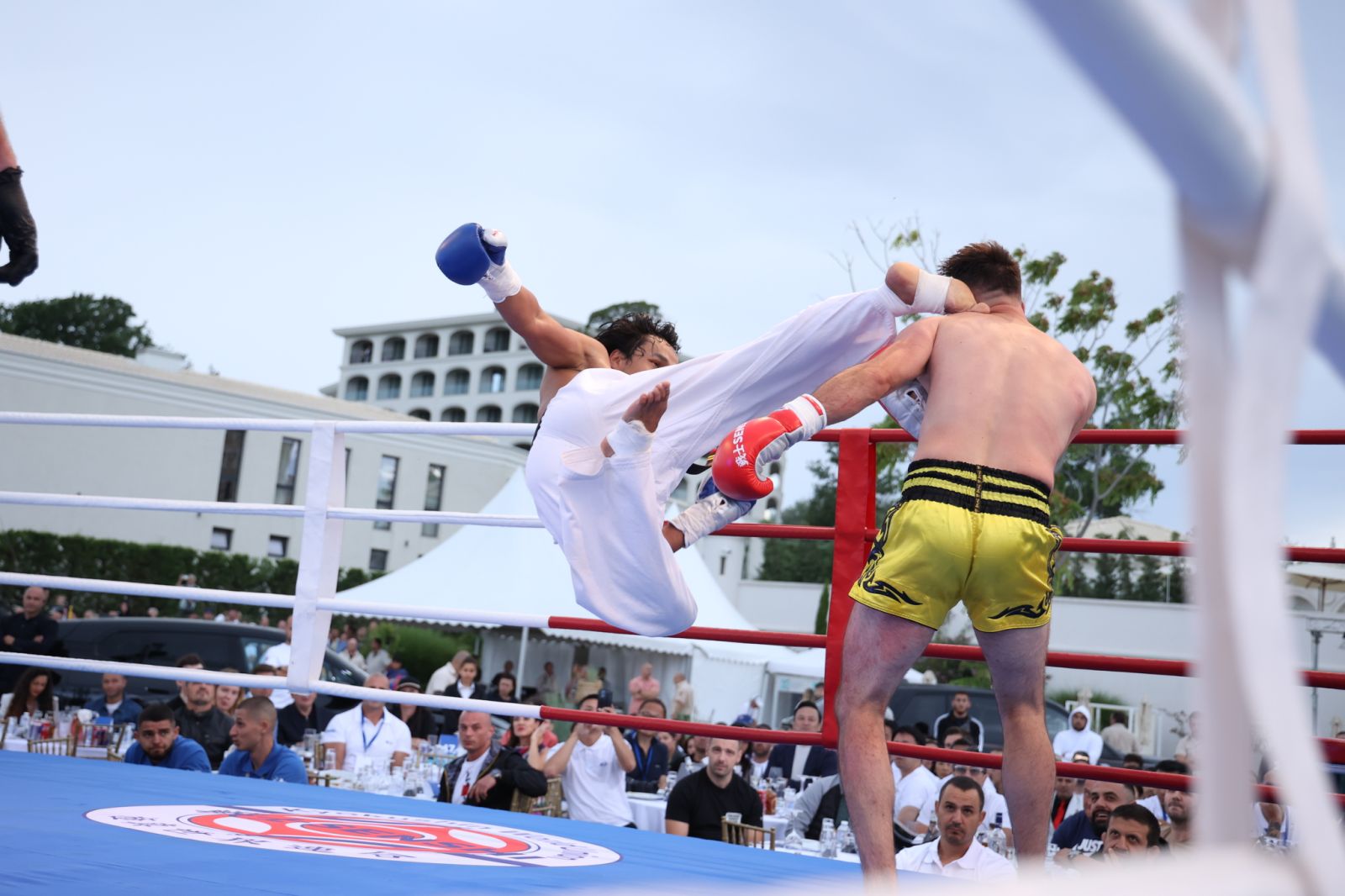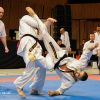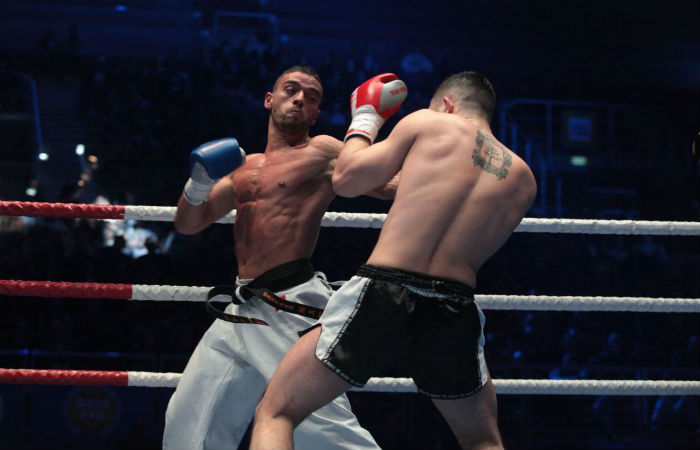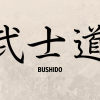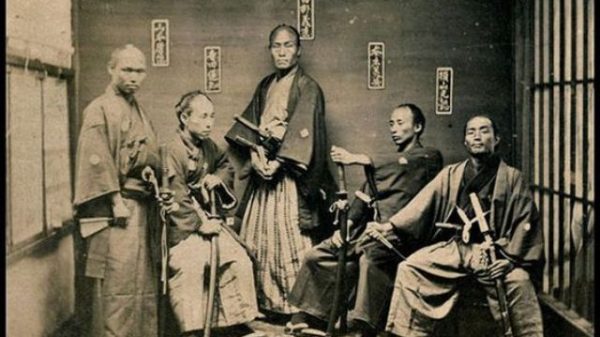Kyokushin Karate and Boxing are both highly respected martial arts that develop physical fitness, discipline, and self-defense skills. However, they have distinct differences in techniques, training methods, philosophy, and combat strategies. Here’s a breakdown of the key differences between Kyokushin Karate and Boxing:
1. Focus and Techniques
- Kyokushin Karate:
Kyokushin is a full-contact Japanese karate style that focuses on powerful strikes, including punches, kicks, knee strikes, and elbow strikes. Unlike traditional karate styles, Kyokushin emphasizes full-force sparring, where practitioners test their techniques in a realistic, high-intensity environment. While Kyokushin practitioners use punches, they also incorporate a variety of other techniques, making it a well-rounded stand-up martial art. - Boxing:
Boxing is a combat sport focused exclusively on punching techniques. Boxers use jabs, crosses, hooks, and uppercuts to attack their opponent, and footwork to evade or position themselves advantageously. Unlike Kyokushin, which includes both upper and lower body strikes, boxing only allows punches to the upper body, primarily aiming for the head and torso. The techniques are limited but honed to be highly effective in their precision, speed, and power.
2. Rules and Fighting Style
- Kyokushin Karate:
Kyokushin sparring competitions are typically full-contact and allow strikes to the body and legs with punches, kicks, and knee strikes, but they do not allow punches to the head. Instead, practitioners rely on body conditioning and hard sparring to build resilience and learn to endure pain. Kyokushin fighters often adopt a close-range, aggressive fighting style, seeking to overpower their opponents with powerful, body-focused strikes. - Boxing:
In boxing, punches are directed at the opponent’s head and upper body, with no kicking, elbowing, or grappling allowed. Boxers use both offense and defense, often weaving and blocking to avoid punches. Boxers rely heavily on footwork, head movement, and blocking to avoid being hit, while strategically positioning themselves to land punches. Boxing is primarily a sport of precision, timing, and stamina, with matches lasting several rounds.
3. Training Methods
- Kyokushin Karate:
Kyokushin training includes a mix of striking drills, kata (pre-arranged forms), conditioning exercises, and full-contact sparring. Practitioners condition their bodies to withstand hard hits, focusing on building both physical strength and mental toughness. Kata practice is an essential aspect of Kyokushin, allowing practitioners to perfect their techniques and maintain the traditional aspects of karate. - Boxing:
Boxing training is highly specialized and focuses on punching techniques, footwork drills, and conditioning exercises. Boxers typically spend a lot of time on the heavy bag to develop punching power and on the speed bag to improve hand speed and coordination. Sparring is an integral part of boxing training, as it helps boxers develop timing, defense, and reaction speed. Strength and conditioning, including skipping, running, and weight training, are also emphasized to enhance endurance and agility.
4. Combat Range
- Kyokushin Karate:
Kyokushin operates primarily at striking range but with a variety of attacks, including high kicks, low kicks, and knee strikes. Fighters are trained to strike both from a distance and up close, utilizing powerful body strikes to wear down their opponent. The use of leg kicks and body strikes creates a unique combat range in Kyokushin that is less focused on just the upper body. - Boxing:
Boxing operates in close to mid-range combat, where punches are the only allowed strikes. Boxers use quick, precise movements to stay within punching range, allowing them to deliver effective jabs and power punches while moving in and out to avoid counterattacks. Boxing’s range is more limited due to its emphasis solely on hand strikes.
5. Philosophy and Mindset
- Kyokushin Karate:
Kyokushin has a strong philosophical foundation that emphasizes self-discipline, respect, perseverance, and humility. Kyokushin practitioners follow a code of ethics that values both physical and mental development. The art is not just about fighting; it’s about pushing oneself to the limit, building character, and striving for self-improvement in all aspects of life. Many Kyokushin practitioners embrace the “Osu” spirit, which signifies resilience and determination in the face of challenges. - Boxing:
Boxing’s philosophy is more rooted in competition and athleticism. While discipline, dedication, and mental toughness are crucial for success in boxing, it is generally more focused on preparing athletes for competitive bouts rather than on a formal philosophical code. Boxers aim to perfect their techniques, achieve peak physical condition, and develop a winning mindset, with less emphasis on the spiritual or character-building elements that are present in traditional martial arts like Kyokushin.
6. Self-Defense Application
- Kyokushin Karate:
Kyokushin can be an effective self-defense system due to its range of powerful strikes, including kicks and knees, and its full-contact sparring practice. Practitioners learn how to defend themselves in close-range combat and strike effectively with both hands and feet. However, like many traditional martial arts, it may lack the grappling or ground-fighting skills that are useful in real-life confrontations if taken to the ground. - Boxing:
Boxing is also highly effective for self-defense, especially in terms of head movement, punching power, and footwork. Boxers are trained to stay calm under pressure and can generate significant power with their punches, making it effective for standing confrontations. However, boxing’s limitations in terms of no kicking, grappling, or ground defense can be a disadvantage in certain self-defense situations.
7. Competitive Structure
- Kyokushin Karate:
Kyokushin competitions are typically full-contact karate matches with an emphasis on body conditioning, power, and endurance. The rules usually allow strikes to the body and legs, but not to the head with punches (kicks to the head are allowed). Competitions test the practitioner’s resilience, as they can take significant physical punishment during matches. - Boxing:
Boxing is a sport with strict regulations, involving rounds, weight classes, and specific scoring criteria. Points are awarded for effective punches, and matches can be won by knockout or by decision. Boxing’s structured scoring and round system make it a highly regulated sport, with a greater emphasis on tactics and pacing compared to Kyokushin.
In summary, Kyokushin Karate and Boxing are both highly demanding combat arts with unique techniques, philosophies, and benefits. Kyokushin is a full-contact striking martial art that includes a wide range of techniques, including punches, kicks, and knee strikes, and emphasizes a holistic philosophy of discipline and personal growth. Boxing, on the other hand, focuses solely on punching, footwork, and evasion, with an emphasis on athleticism, precision, and conditioning.
Each art has its strengths: Kyokushin’s versatility in striking techniques and resilience, and Boxing’s technical precision and agility. Both offer valuable skills and can complement each other well, making them popular choices for martial artists who want to expand their fighting abilities.


